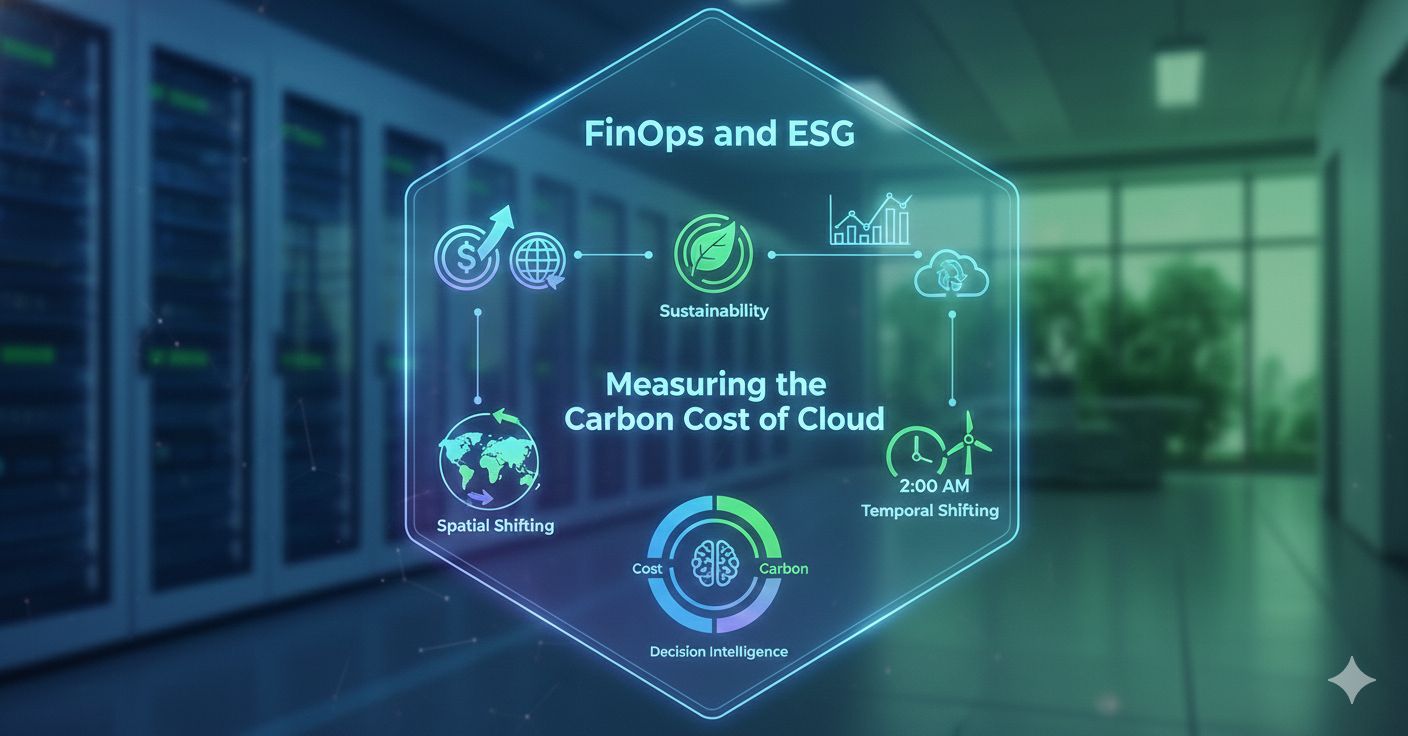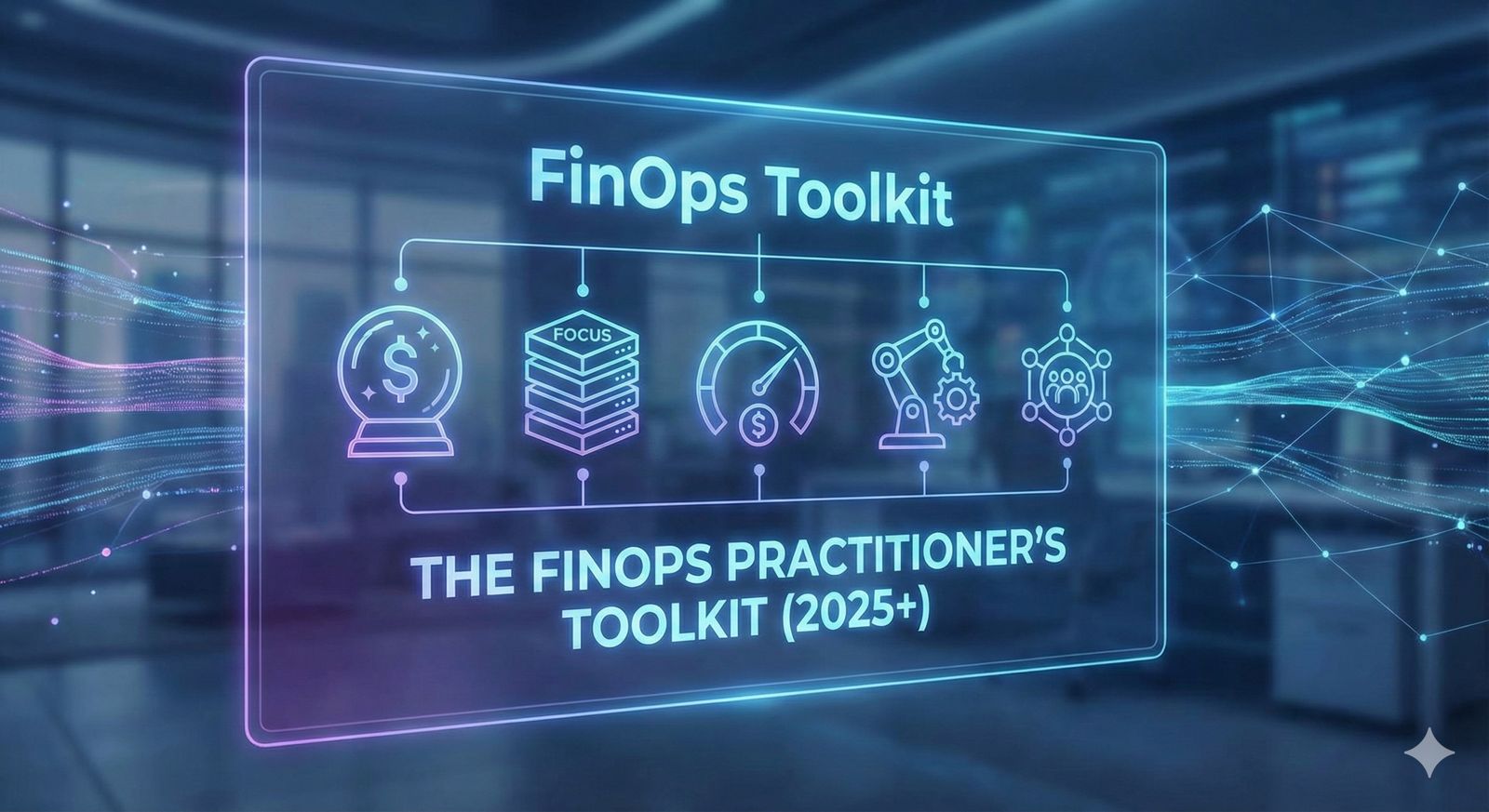Project management is often romanticised as a structured process: create a plan, align stakeholders, track progress, and deliver. But anyone who has ever managed a project knows reality is far messier. One of the biggest project management challenges you’ll face isn’t technical it’s human.
As a project manager, you will encounter opinionated influencers people who may not even be core to your project but hold sway over decision-makers. They’ll suggest vendors, impose processes, or lobby for changes that don’t align with your roadmap. To make it worse, these influencers often have access to key stakeholders, creating pressure for you to comply.
This is where your role as a project leader gets tested. Do you cave in for the sake of politics? Or do you push back, risking conflict with stakeholders? How do you ensure your decision isn’t emotional but fact-driven and aligned with project goals?
The answer lies in a decision-making framework that gives you clarity, confidence, and credibility.
The truth is, there’s no one-size-fits-all answer. But there is a way to make the decision logically, not emotionally. Let’s deep dive a structured decision-making framework to help you decide when to bend and when to stand firm.
Project management isn’t just about deadlines and budgets it’s about navigating human dynamics and organisational politics. When you’re managing multiple projects, the complexity multiplies. Every decision you make creates ripples that affect timelines, resources, and even stakeholder trust.
Now, here’s the challenge: not all suggestions are bad, and not all are good either. But when you start accepting every external idea without proper scrutiny, the project can spiral out of control.
Here’s what can happen:
Scope Creep: Extra features, tools, or processes sneak in because someone influential wanted them. These often sound “nice to have” but eventually dilute focus and delay delivery.
Delays: Poorly evaluated changes can lead to rework or extended timelines, putting your critical path in jeopardy.
Increased Cost: Additional vendors, licenses, or manpower suddenly appear on your expense sheet often without prior approval.
Team Frustration: Constant changes erode confidence. Your team starts to feel like they’re chasing a moving target instead of working toward a clear goal.
But here’s the flip side: rejecting every suggestion can make you appear rigid, political, or disconnected from stakeholder needs. This delicate balance knowing when to adapt and when to hold your ground is what separates average project managers from exceptional ones.
The Framework: Impact → Timeframe → Reach
To avoid reactive decision-making, you need a clear evaluation system. That’s where the Impact → Timeframe → Reach Framework comes in. It helps you filter opinions through objective lenses so you can respond with confidence, not emotion.
1. Impact: How Big Is the Change?
Before anything else, measure the size of the impact on your project.
High Impact: Will this significantly alter project scope, cost, or delivery timelines? For example, adopting a new vendor for a critical module or changing the core workflow midstream. These require rigorous analysis and possible escalation.
Medium Impact: Does it disrupt existing processes but remain manageable? For instance, adding a reporting layer that doesn’t affect core architecture.
Low Impact: Is it purely cosmetic or preference-driven (e.g., renaming a dashboard tab)? If yes, you may let it slide to keep goodwill provided it doesn’t snowball.
Rule of Thumb: The higher the impact, the more justification you need before agreeing.
2. Timeframe: Short Pain vs. Long-Term Risk
Next, evaluate how long the change will affect the project:
Short Duration (Weeks): Is this a quick adjustment or temporary process? If yes, it may be worth accommodating, especially for stakeholder satisfaction.
Long Duration (Months): If the change locks you into a new process or vendor for months, proceed with extreme caution. Long-term misalignment can derail your roadmap.
Rule of Thumb: Short-term discomfort may be tolerable. Long-term strategic misfit? That’s a red flag.
3. Reach: Who and How Many Will It Affect?
Finally, ask: what’s the blast radius of this change?
Few Internal Users: If it affects a small team and has minimal risk, flexibility might make sense.
Large Customer Base: Wrong moves here can hurt reputation, revenue, and customer trust. If many users are impacted, every decision need airtight reasoning.
Rule of Thumb: The broader the audience, the less room for compromise without analysis.
Additional Filters for Complex Scenarios. Sometimes these three aren’t enough. Add these strategic lenses for extra clarity:
Strategic Alignment: Does this change align with business goals or is it personal bias?
Compliance & Risk: Could it introduce legal, regulatory, or security vulnerabilities? If yes, it’s a hard NO.
Resource Load: Do you have the budget and manpower for this? If not, escalate early.
Stakeholder Dynamics: Will rejecting this harm key relationships? If so, offer a proof of concept or phased approach instead of a flat refusal.
Decision Matrix for Quick Judgment
Here’s how you can visualise the framework:
| Parameter | High | Medium | Low |
| Impact | 🚨 | ⚠️ | ✅ |
| Timeframe | 🚨 | ⚠️ | ✅ |
| Users Affected | 🚨 | ⚠️ | ✅ |
Interpretation:
All High: Stand firm. Back your decision with data and escalate if needed.
Mixed: Negotiate. Suggest a trial or controlled rollout.
Mostly Low: Let it go. Don’t waste energy on minor battles.
How to Communicate Your Decision
Even when saying no, tone matters. Here’s how to keep relationships intact:
Acknowledge: “Thank you for sharing this perspective. It’s valuable to explore all options.”
Explain: Use your framework to justify your stance logically.
Offer Compromise: “How about we test this with a small pilot before a full rollout?”
This way, you appear objective, collaborative, and business-focused not political.
Take away
Influencers can add value, but unmanaged opinions derail projects.
Use Impact → Timeframe → Reach, with extra filters for strategy, risk, and resources.
Document decisions in a Decision Matrix for transparency.
Communicate with clarity facts over feelings. (Most difficult but if you can manage this, you are sorted)




